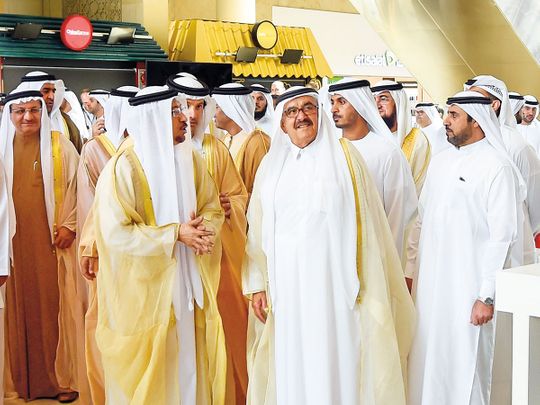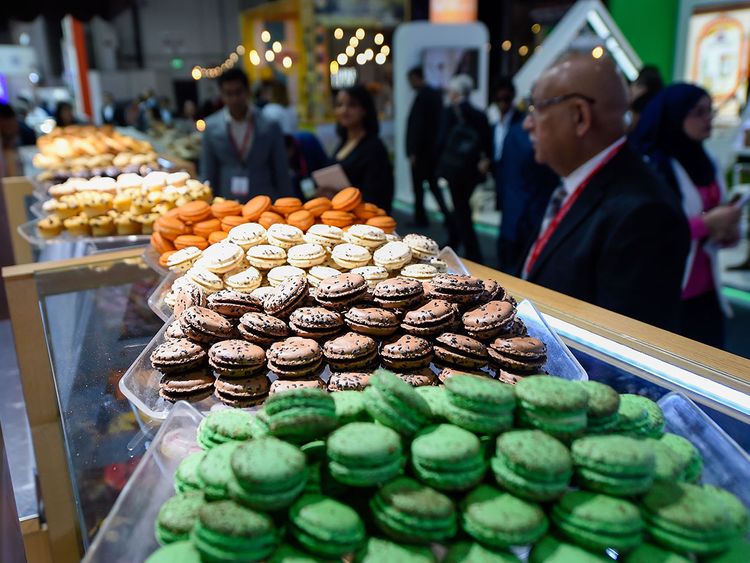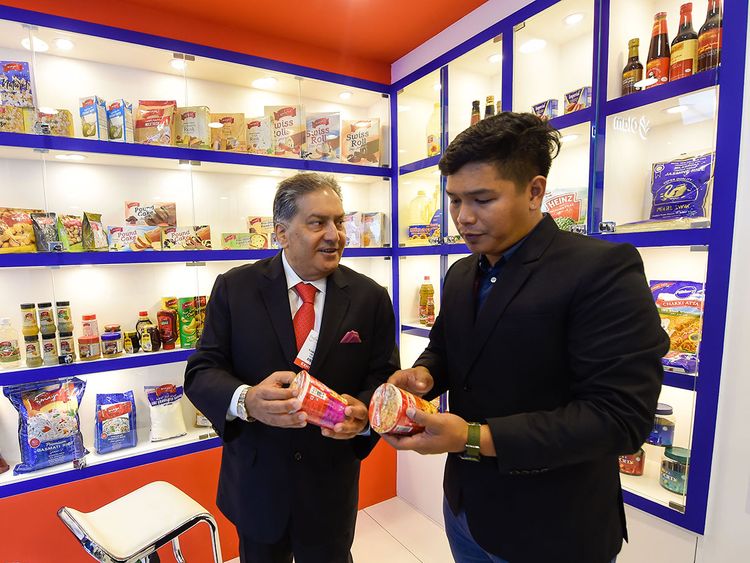
Dubai: The US is looking to the Middle East to help it reduce its surplus of soybeans, a key US agricultural staple hit by the US-China trade war.
“Obviously, soybeans, we have a large supply, a large quantity available, and we’re constantly looking for new markets and new growth opportunities there,” said Ken Isley, Administrator of the Foreign Agricultural Service (FAS) within the United States Department of Agriculture (USDA).
Isley was speaking on the opening day of the Gulfood exhibition in Dubai. He was appointed to the position by US President Donald Trump in March 2018.

One of the areas that we see a lot of potential growth in is the fruit and vegetable area.
“We do see growth opportunities for soybeans going into feed and food sources — feed, of course, for different livestock in the region.”
China is one the largest buyers of US soybeans, but sales dropped over 90 per cent after China slapped retaliatory tariffs on US shipments in July. Soybean futures are still trading down 15 per cent in February compared to last year, despite a thaw in the ongoing US-China trade talks.
Isley said the US is also spending $200 million to mitigate the efforts of retaliatory tariffs “from various countries,” under the Agricultural Trade Promotion (ATP) programme.
“That programme is targeted specifically at expanding existing markets but exploring and growing new markets. Now some of that money, of course, is targeted with our US implementing partners … for projects within the UAE and the GCC region.”
Isley said that multiple projects have been awarded but could not give the value of those awards in the Middle East, only adding that there “would be significant money spent here and in other GCC countries.”
The UAE says it has remained largely untouched by any US tariffs on its steel and aluminium exports to the US, and Isley says there has not be any pushback against US agricultural products shipped to the UAE.
He said he was not aware of any threats of retaliatory tariffs on US good coming into the region, saying that “our tariff structure in the UAE and the GCC region is pretty favourable. It’s pretty good.”
Food and agricultural shipments into the region show a US surplus in trade. “The US under this administration is very big on free, fair and reciprocal trade, so we traditionally open our markets up very wide to many countries to export into the US,” he said. “In fact, our overall data has been $140 billion of agricultural and food exports and a $120 billion in imports. It’s very reciprocal.”
Isley said the US sees roughly $3 billion of exports in agriculture and food across the GCC. “Of that amount, roughly $1.2 billion [2018 figures], I believe, comes into Dubai and the United Arab Emirates, and we see potential for growth, that can be expanded. We look forward to larger sales in the future.”
Isley, who is the top US official at Gulfood, said US companies are seeing high demand for their goods at the show.
“One of the areas that we see a lot of potential growth in is the fruit and vegetable area,” he said, noting that there was also demand for beef, poultry, soybeans and corn.
He said Gulfood is one of the top three shows globally in reported revenue from US exhibitors, and added that more US companies would exhibit at Gulfood if space were available. The US pavilion at the show added 20 companies this year over last year, up from 160 in 2018.

















